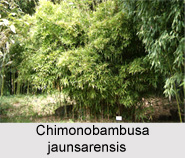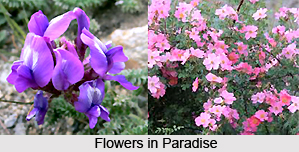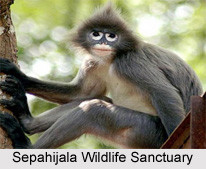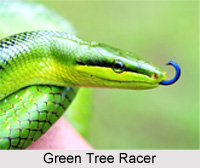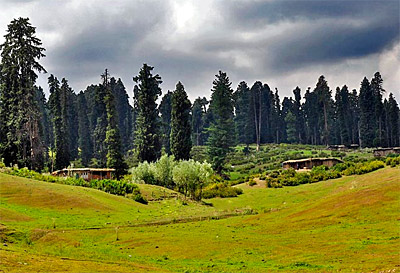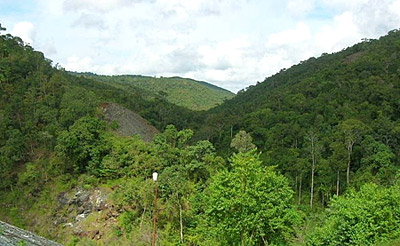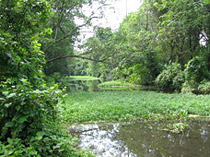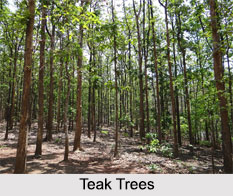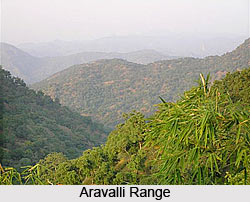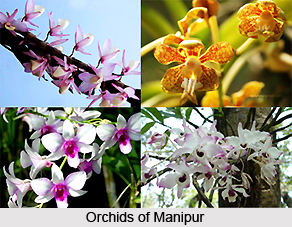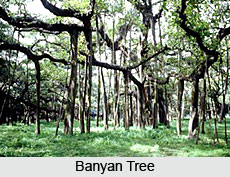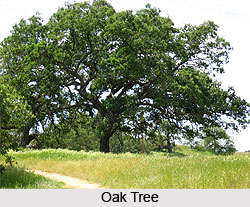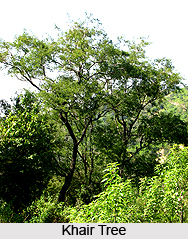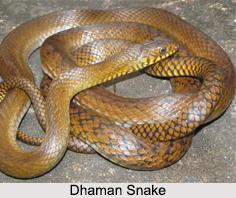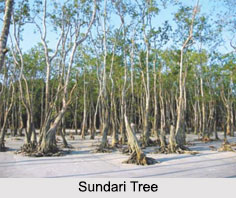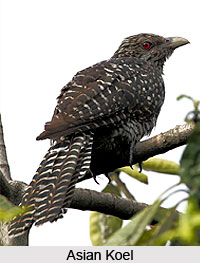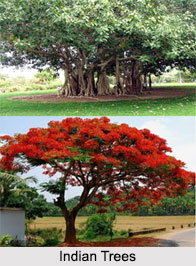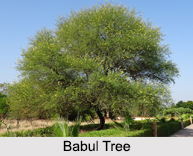 Blue-Winged Pitta is an Indian Bird that bears a scientific name "Pitta moluccensis".
Blue-Winged Pitta is an Indian Bird that bears a scientific name "Pitta moluccensis".
Concentration of Blue-Winged Pitta
Blue-Winged Pitta is a passerine bird in the family Pittidae native to Australia and Southeast Asia. It forms a super species with three other pittas and has no subspecies.
Description of Blue-Winged Pitta
The German naturalist Philipp Ludwig Statius Muller first described the blue-winged Pitta in 1776. It forms a superspecies with the Indian pitta (P. brachyura), fairy pitta (P. nympha) and mangrove pitta (P. megarhyncha). Alternate common names include: lesser blue-winged pitta, the little blue-winged pitta, the Moluccan pitta, the breve a ailes bleues (French), the Kleine Blauflugelpitta (German) and the pita aliazul (Spanish).
Structure of Blue-Winged Pitta
Blue-Winged Pitta has a measurement of 180 to 205 mm in length. The blue-winged pitta has a black head with a buff-coloured supercilium, white chin and buff under parts. The shoulders and mantle are greenish, the wings are bright blue, and the vent is reddish. The bill is black, eyes are brown and the legs pale pink. It has a very short tail. Juveniles have similar patterned plumage but are duller. It resembles the mangrove pitta but can be distinguished by its shorter bill.
Call of Blue-Winged Pitta
The loud call of Blue-Winged Pitta has been transcribed as taew-laew taew-laew
Nests of Blue-Winged Pitta
Blue-Winged Pitta is regularly found in Brunei, Cambodia, China, India, Indonesia, Laos, Malaysia, Myanmar, the Philippines, Singapore, Thailand, and Vietnam, and has been found to be vagrant in Australia, Christmas Island, Taiwan and Hong Kong.
Natural habitat of Blue-Winged Pitta
The natural habitat of Blue-Winged Pitta is subtropical and tropical moist lowland forests.
 Residence of Blue-Winged Pitta
Residence of Blue-Winged Pitta
Blue-Winged Pitta is found in a variety of habitats, up to an altitude of 800 m (2500 ft), including broadleaved forests, parks and gardens, and mangroves, though avoids dense rainforest.
Nestling Range of Blue-Winged Pitta
The nestling range of Blue-Winged Pitta is much of south-east Asia and Indochina, from central Myanmar east through Thailand and into peninsular Malaysia. P. Moluccensis is a winter visitor to Borneo and Sumatra, and a vagrant to the Philippines and Java. It is a rare vagrant to the north-western coast of Australia.
Feedings of Blue-Winged Pitta
Blue-Winged Pitta mostly feeds on worms and insects, hunting them on the ground or from a low branch or perch. They also eat hard-shelled snails.
Breeding of Blue-Winged Pitta
Blue-Winged Pitta builds a large nest, usually on the ground, made of twigs, roots, grasses, leaves and mosses. The spherical and untidy nest has a side entrance and is often found between tree roots near water. In its breeding range in peninsular Malaysia, the blue-winged pitta lays eggs between early May and late July each year.
Eggs of Blue-Winged Pitta
The female Blue-Winged Pitta lays 4-6 white or cream-coloured eggs with purple markings, and both parents take turns incubating the eggs for 15-17 days.
